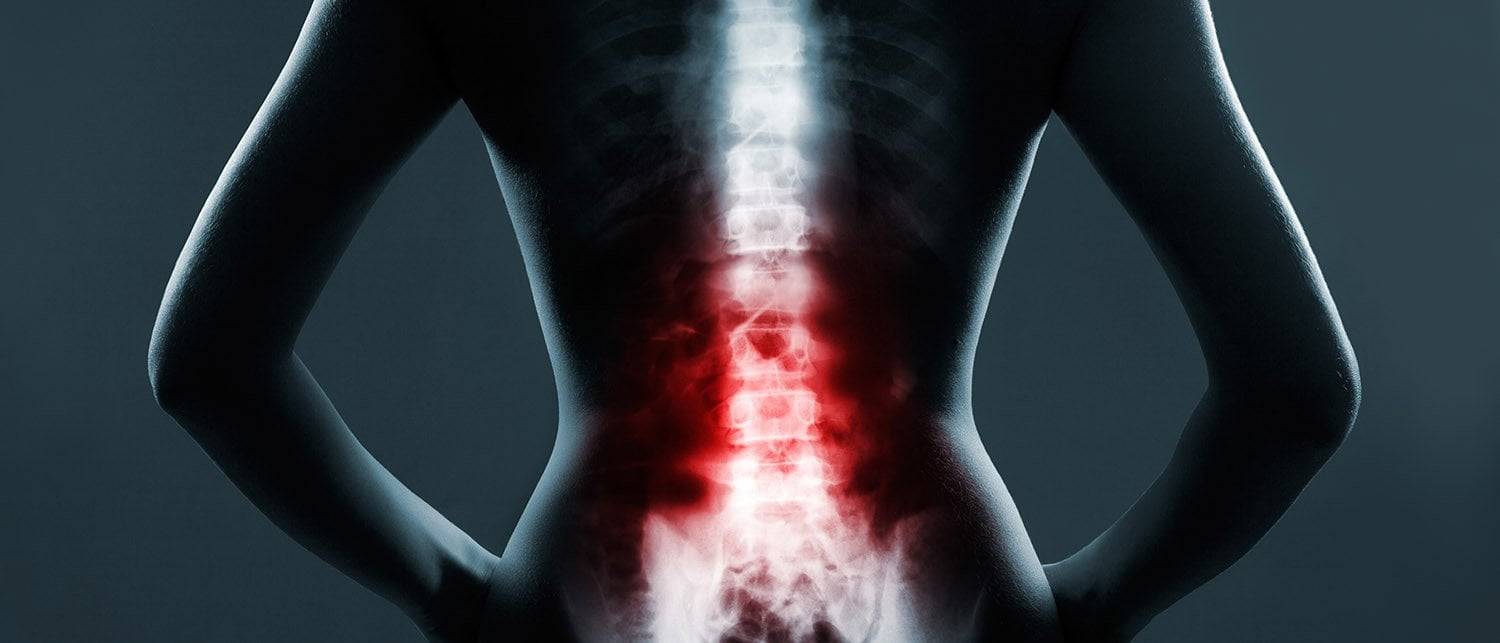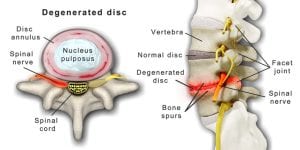Many patients want to know what happens if they just ignore the pain, numbness, weakness or sciatica?
When I meet with a patient it is my job to first and foremost diagnose where their pain is coming from. In most circumstances with the types of severe cases that I specialize in that involve numbness, weakness, or sciatica it requires getting in depth imaging. While x-rays are fantastic at showing bone problems the majority of patients that I see require an MRI. The MRI is necessary in cases of chronic pain, and or sciatica, numbness and tingling in order to find the exact reason for the issue. Once we find the exact issue causing the pain we are able to find an appropriate therapy to relieve it.
To answer the aforementioned question appropriately we have to understand the anatomy and structures of the low back. In cases where sciatica like symptoms are involved, such as numbness and tingling in the legs or arms comes from some form of stenosis (narrowing) of the canals where the nerves run in the spine. If you do research you’ll find that the most common cause of narrowing to the canals in the spine is some form of disc injury, whether it is a bulge, herniation, protrusion or even rupture, and arthritis. There is an inherent relationship between disc injuries and arthritis. The inside portion of the disc, or nucleus, is comprised of fluid, blood and proteins, giving it a toothpaste like consistency. That fluid plays an important role in providing nutrients to the disc and in maintaining disc health. When we injure a disc we start to lose that fluid and blood inside the disc and the disc begins a degenerative process. The longer that goes on the more and more dried out it becomes, until you get to the point where the disc has completely dried out and is essentially dead tissue. It starts when you injure a disc and continues with time. As the disc dries out arthritis begins to build up in the surrounding joints. The more the disc dries out the more arthritis takes its place. If that continues to progress to the point where the disc is no longer there then there really aren’t any options except for very risky surgeries and fusions.
By ignoring the pain and choosing to do nothing you are allowing the disc to degenerate and this process to continue and thereby lose your treatment options. Nothing can be done with dried up and dead tissue and there is no way to reverse the arthritis that builds up in the process. Surgery is your best option at that point and the success rates (27%) are an indication of just how ineffective it is in these cases and that doesn’t take into account the other risks associated with such an invasive surgery. With advancements in technology we are now able to stop this degenerative process from happening to a disc, making surgery unnecessary. This isn’t pain management like shots, pain pills or manipulation which only postpones surgery. This is complete avoidance of surgery for good.




Recent Comments